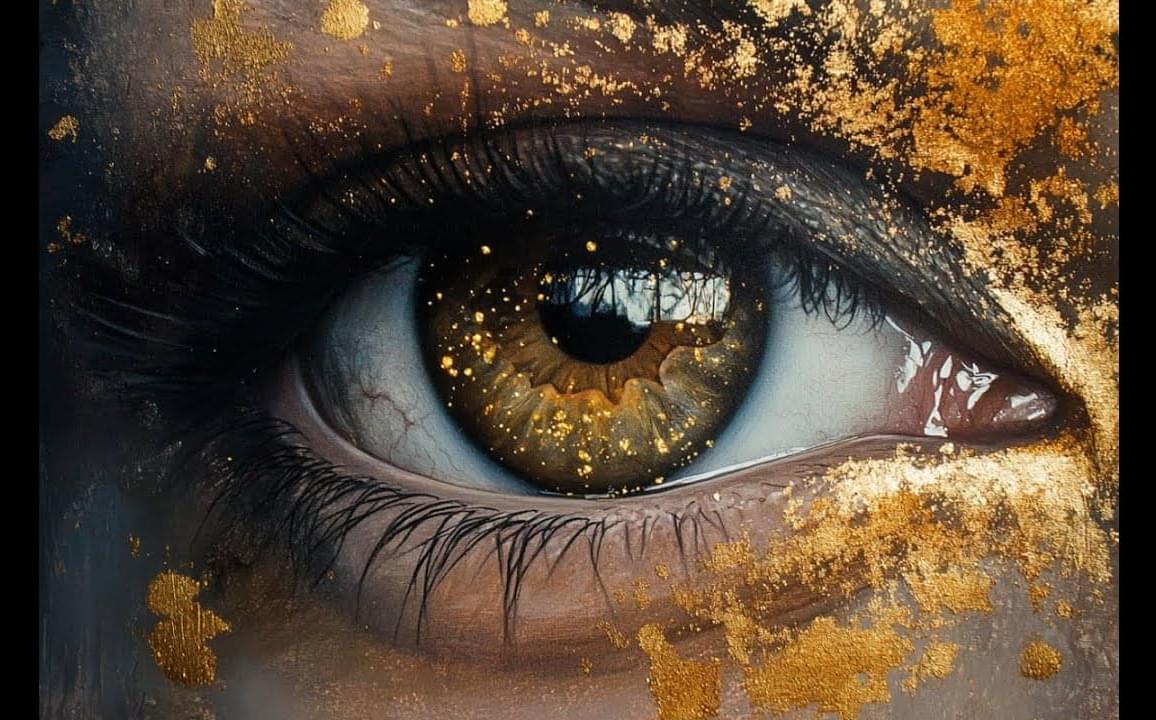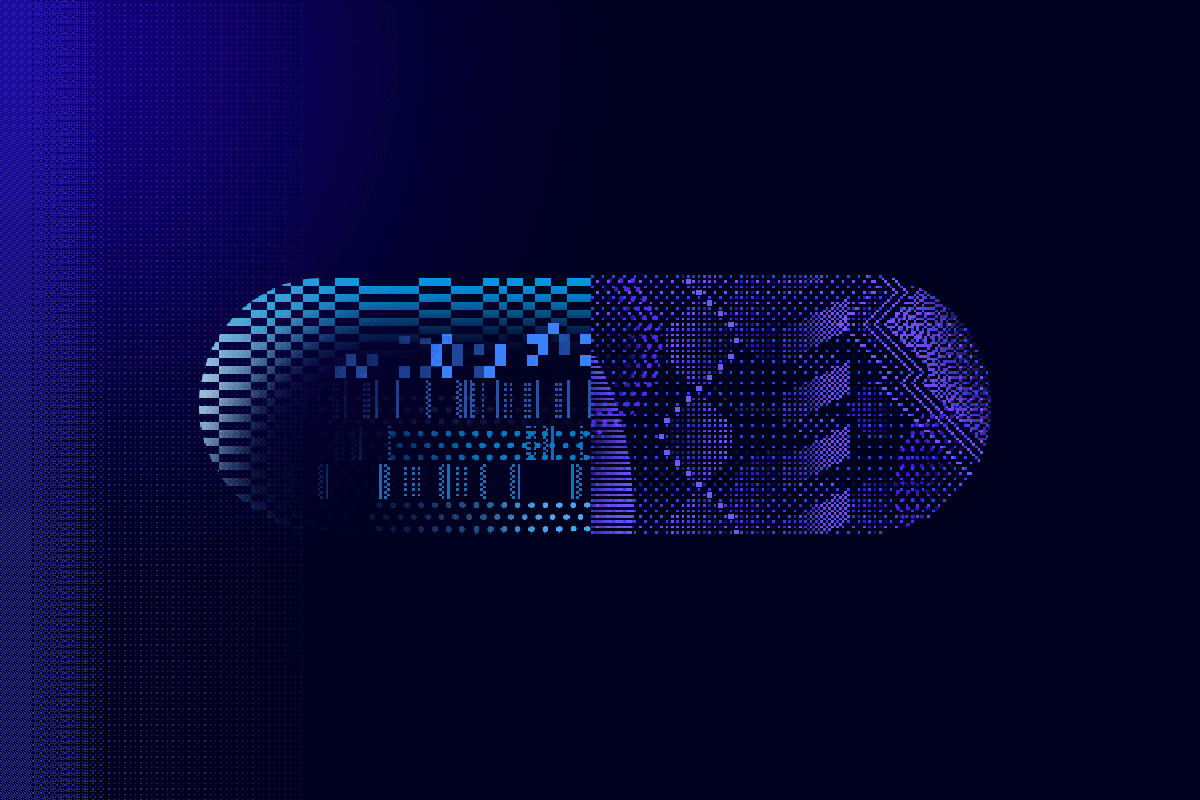A POSTECH team engineered a novel alloy stable from cryogenic to 1,112°F, overcoming limitations of traditional metals.
Scientists in China have created the most complex 2D microprocessor yet, featuring nearly 6,000 transistors. The devices are made from molybdenum disulfide, a material just three atoms thick. #semiconductors
PoX is a new class of ultra‑fast, ultra‑green memories that meet the swelling appetite of large‑language‑model accelerators.
This paper introduces an adaptive multi-agent framework to enhance collaborative reasoning in large language models (LLMs). The authors address the challenge of effectively scaling collaboration and reasoning in multi-agent systems (MAS), which is an open question despite recent advances in test-time scaling (TTS) for single-agent performance.
The core methodology revolves around three key contributions:
1. **Dataset Construction:** The authors create a high-quality dataset, M500, comprising 500 multi-agent collaborative reasoning traces. This dataset is generated automatically using an open-source MAS framework (AgentVerse) and a strong reasoning model (DeepSeek-R1). To ensure quality, questions are selected based on difficulty, diversity, and interdisciplinarity. The generation process involves multiple agents with different roles collaborating to solve challenging problems. Data filtering steps are applied to ensure consensus among agents, adherence to specified formats (e.g., using tags like “ and ‘boxed{}‘), and correctness of the final answer. The filtering criteria are based on Consensus Reached, Format Compliance, and Correctness. The data generation is described in Algorithm 1 in the Appendix.
Could a tiny dose of gold restore sight? Researchers at Brown University have developed a groundbreaking retinal prosthesis using gold nanoparticles and infrared light to bypass damaged photoreceptors in retinal disorders like macular degeneration.
This minimally invasive method successfully activated the visual system in mice, offering promising early evidence for future clinical applications. Learn how this innovative fusion of nanotechnology and neuroscience could revolutionize treatment for millions suffering from vision loss.
#vision #visionloss #neuroscience #science
New insights on genomes and phenomes are laying the groundwork for prevention and personalized care
As of October 2024, 3,000 patients had used Piction’s clinic. So far, it is available in Connecticut, Florida, Massachusetts, New Hampshire and Washington. The service is covered by several major insurance companies, or patients can pay $119 out-of-pocket for each consultation.
Eleni Linos, a professor of dermatology and epidemiology who directs the Stanford Center for Digital Health, and who has no connection with Piction, says: “I’m really optimistic about how this technology can help patients get the best care they can get, while at the same time helping doctors.” — Esther Landhuis.
A groundbreaking discovery has rocked the field of neutrino astronomy—scientists have detected an ultra-high-energy neutrino using the KM3NeT telescope, with an energy level 16,000 times greater than the most powerful collisions at the Large Hadron Collider. These elusive “ghost particles” provid
A team led by UChicago Pritzker Molecular Engineering has discovered materials that defy convention, shrinking when heated and expanding under pressure, marking a breakthrough in fundamental science. What expands when crushed, shrinks when heated, and could both transform scientists’ fundamental









